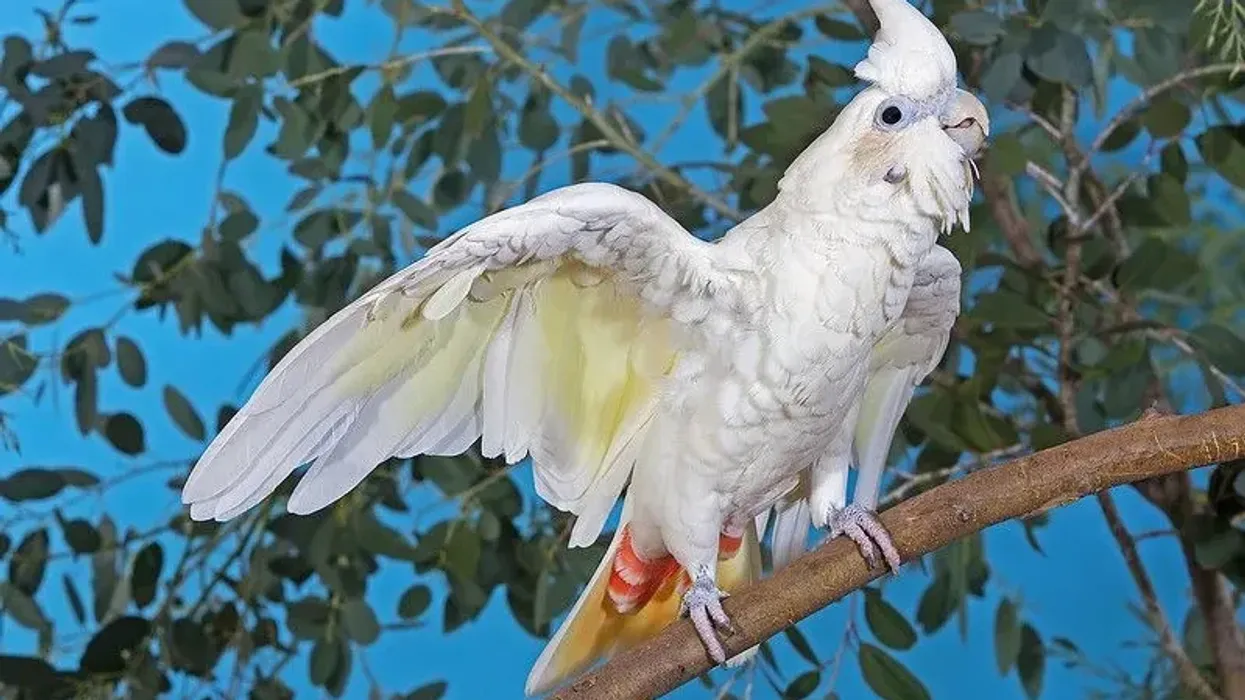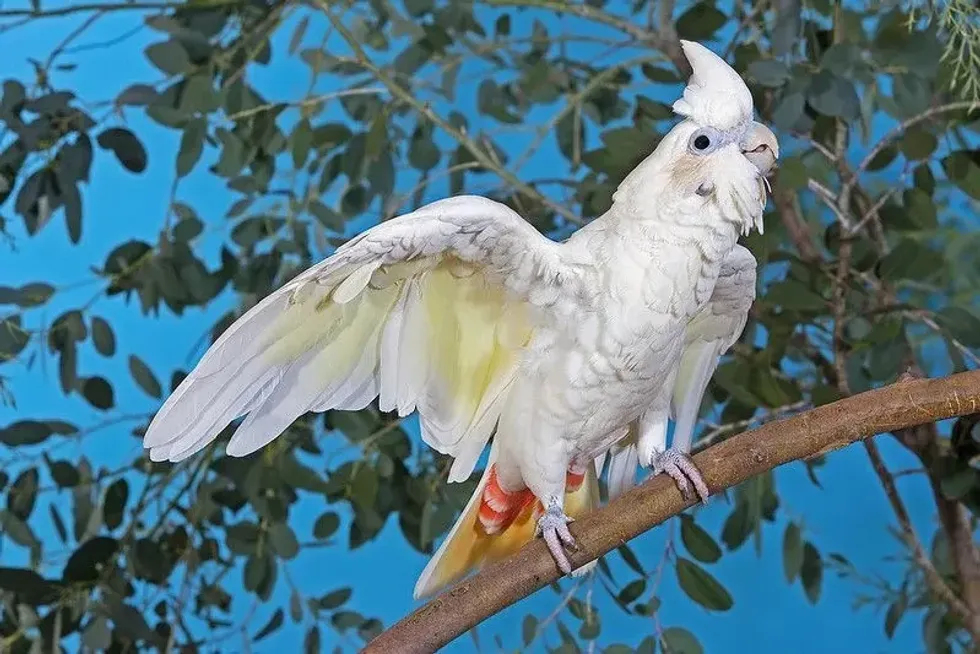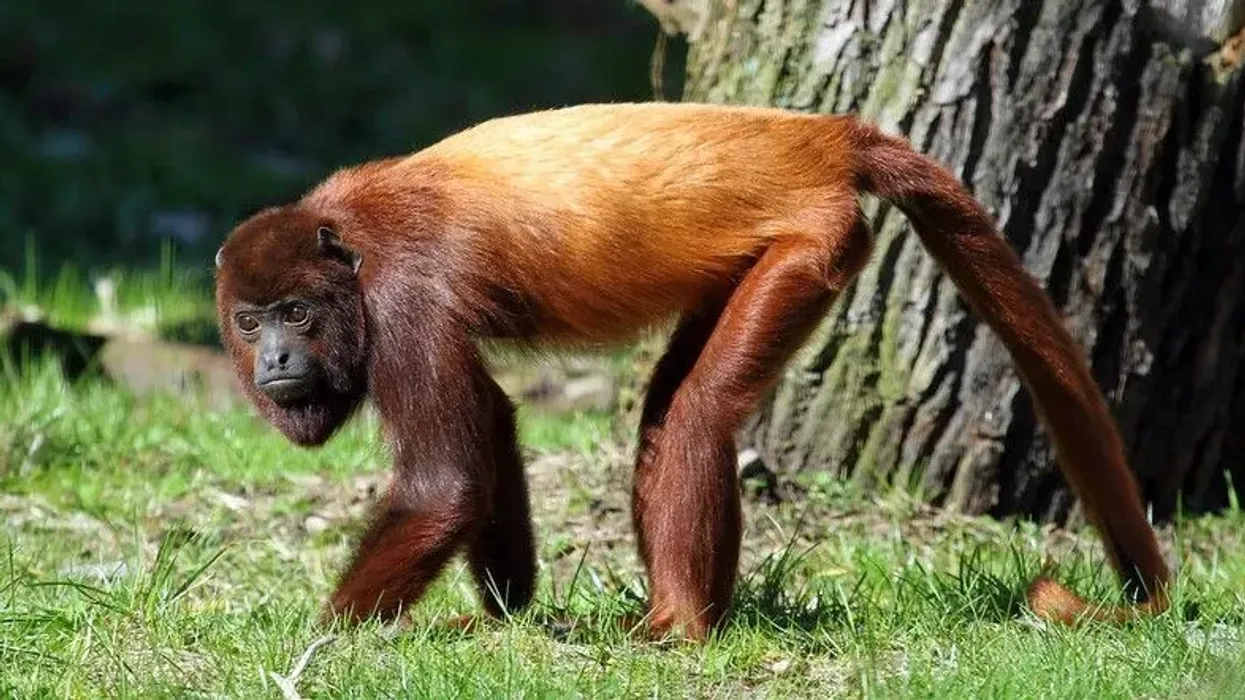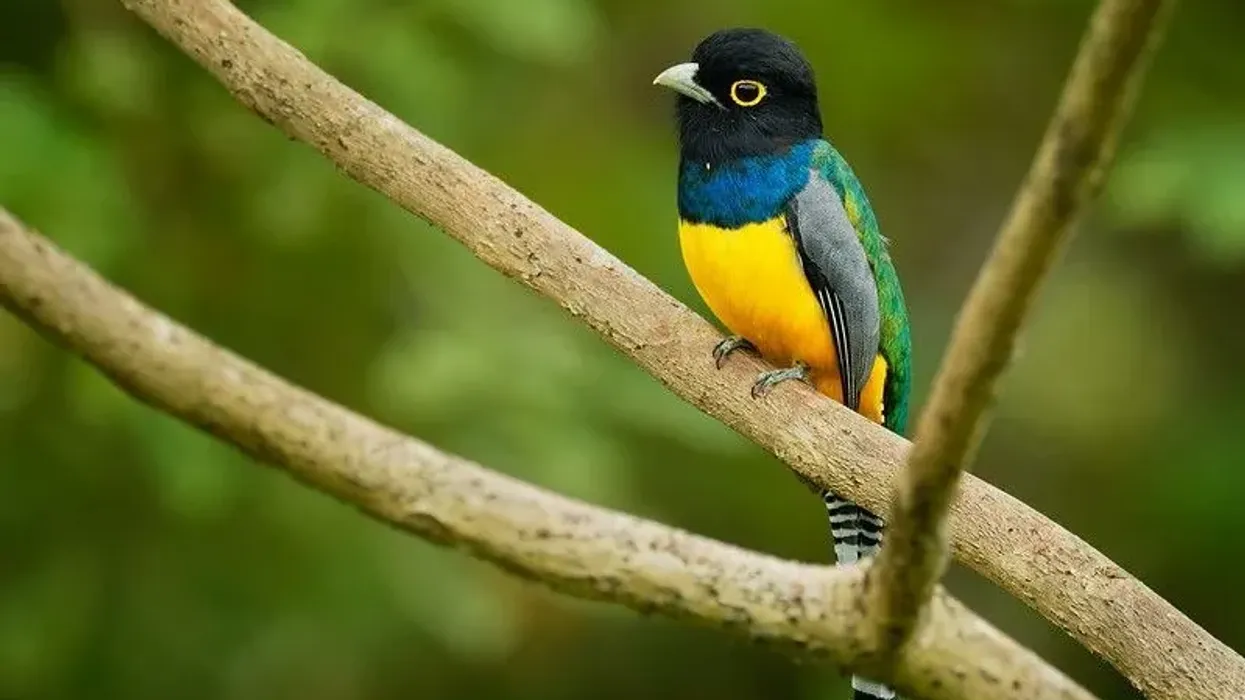Red-vented cockatoo (Cacatua haematuropygia), or the Philippine red vented cockatoo, is a member of the order Psittaciformes, and the genus Cacatua. Currently, these birds have a strong population distribution in the Philippines' Palawan province.
This bird is currently listed as a Critically Endangered species on the IUCN (International Union for Conservation of Nature) Red List because of its low population, which is estimated to be around 1,120 individuals.
These birds spend most of their lives in flocks but separate in search of potential mates after which they pair up and spend the breeding period caring for the egg clutch before they are ready to leave the nest.
Keeping a red-vented cockatoo is unadvised because importing them from the wild is considered illegal due to the low population of these cockatoos.
Conservation efforts to protect these cockatoos are considered successful because of the rise in population, and hopefully, in future, these cockatoos can return to their previous population.
Red Vented Cockatoo Interesting Facts
What type of animal is a red vented cockatoo?
Red-vented cockatoo (Cacatua haematuropygia), or the Philippine cockatoo, locally Agay or Katala, is an endemic cockatoo species of the Philippines. These birds are protected by the government of the Philippines because of the decline in their population due to illegal trapping and deforestation of their wild habitat.
What class of animal does a red vented cockatoo belong to?
Red-vented cockatoo is a member of Aves class of animals and belongs to the order Psittaciformes, which consists of several parrot species.
How many red vented cockatoos are there in the world?
Today, there are an estimated 650-1120 red-vented cockatoos in the wild, which is roughly equal to the recorded 430-450 mature individuals in the woodlands and groves of the Philippines.
The population of these birds has declined swiftly due to the vast deforestation of mangrove habitats that these birds reside in. Another reason for the swift population decline is illegal trading as these parrots fetch well over $300 in Manila.
However, the present population movement of these birds is unknown as many populations in the Philippines have already become extinct, and some protected populations, especially in captivity, are slowly increasing.
The distribution of red vented cockatoo population is believed to be recovering in some regions, and declining in others, with interviews from farmers and trappers indicating that the red-vented cockatoo range map covered regions such as Mindoro, Palawa, Masbate, Siargao, and Samar before they became critically endangered species.
Where does a red vented cockatoo live?
The Philippine cockatoos were widespread through the Philippines once, but these birds are not limited to the Palawan region (including Pandanas, Dumaran, and Rasa), and Sulu Island, with a few sightings in the wild in the Polillo island.
What is a red vented cockatoo's habitat?
Red-vented cockatoo birds are now primally restricted to the lowland region of the forests below an elevation of 164 ft (50 m). They are also found in the mangrove areas of coastal regions.
During the mating season, red-vented cockatoos fly from mainland Philippines to offshore islands in order to breed and roost after forming pairs. Red-vented parrot is known for its ability to use reviving forests for breeding.
Red-vented cockatoos are also found residing in the forest edges to forage on nearby maize fields for feeding their chicks.
Who do red vented cockatoos live with?
Philippine cockatoo (Cacatua haematuropygia) is a social bird that roost, feed, and fly in loud groups for most of the season. However, during the breeding season, these birds form pairs and live separately from the flock.
The pair remain together even after the incubation period and raise the young.
How long does a red vented cockatoo live?
The lifespan of red-vented cockatoo is believed to be between 25-40 years, which can also be extended if they are properly cared for in captivity. In the wild, the lifespan of this bird is comparatively lower because of the deforestation of its lowland habitats.
How do they reproduce?
Red-vented cockatoo mates from March to July, the adult groups form pairs and live away from the flock during the breeding period.
These birds travel in pairs and the grooming of mates is observed more frequently at the nesting sites. The pairs select holes in trees by the end of December. Eggs are laid from February to April and egg-laying peaks between February and March.
Female cockatoo lays an estimated two to three eggs per clutch. Breeding pairs on Rasa Islands have been reported to use five different species of trees and a nest location to breed.
The incubation period of two to three eggs takes an estimated 28 days and based on the data, chicks fledge when they are 8-10 weeks old. Before that, the mother and father bird of the young chick share the feeding duties.
What is their conservation status?
Currently, red-vented cockatoo is a critically endangered bird species with an extremely low population.
The species has undergone various protection programs such as the International captive-breeding program, and the efforts of Katala Foundation have helped the population of cockatoo to grow.
As of now, the bastion of this species is based in Palawan region where the preservation of red vented cockatoo is undertaken by Katala Foundation since 1998.
Red Vented Cockatoo Fun Facts
What do red vented cockatoos look like?
Red-vented cockatoo (Cacatua haematuropygia) is easily recognizable by its white feathers, red under tail coverts or vents (hence the name), and pale yellow underwings. The beaks of these cockatoos are grayish white, and the eyes have a bare ring spot.
In the wild, females have dark red eyes and males have dark brown eyes. A small crest can also be found on the top of their heads. When alarmed or excited, these birds spread their wings and raise their crest as a reaction.
How cute are they?
Red-vented cockatoos are a considerably cute cockatoo species and their white plumage, alongside their crest and red under tail coverts only add to their beauty.
How do they communicate?
Just like most cockatoo species, red-vented cockatoo, too, makes whistling and screeching noises. Their voices include various rasping and nasal squawks.
How big is a red vented cockatoo?
Red-vented cockatoo stands at 12 in (30.4 cm) tall and is a small-medium-sized parrot species. Red-vented cockatoo wingspan is around 8.6 in (22 cm).
How fast can a red vented cockatoo fly?
The exact flying speed of a red-vented cockatoo is unknown because of lack of data. It is, however, known that these birds fly in groups and move between big islands like Palawan, where they nest, and breed.
How much does a red vented cockatoo weigh?
The average weight of an adult red-vented cockatoo is 10.2 oz (290 g).
What are the male and female names of the species?
There are no specific names assigned to either sex.
What would you call a baby red vented cockatoo?
A red-vented cockatoo baby is called a chick.
Compared to the white plumage of the adults, the young are medium-yellow and remain in the nest where their parents feed them seeds and fruits, until they are ready to leave their nest.
What do they eat?
Red-vented cockatoos are omnivorous in nature and eat food such as fruits, seeds, berries, nuts, maize, and even bananas. They also feed on small insects.
Are they dangerous?
Not all. As a pet, these cockatoos are friendly and harmless to humans.
Would they make a good pet?
Yes, red-vented cockatoos make a great pet. These cockatoos are affectionate, playful, and gentle with their owners.
However, it is not recommended to keep this species as a pet because of its low population and critically endangered class.
Did you know...
The conservation of red-vented cockatoo has taken a major role in the activist side of the Philippines.
Due to their low population, these cockatoos are often bred in captivity to raise their population.
Why are red vented cockatoos endangered?
Red-vented cockatoos have become Critically Endangered because of mass deforestation leading to massive habitat loss. They are also sold in pet trade as young chicks are taken from the nest and sold.
Why are red vented cockatoos important?
Red-vented cockatoo is an important bird in the Philippines and bird conservation of red vented cockatoo is practiced by various non-profit organizations who aim to bring the population of this species back from the brink of extinction.









